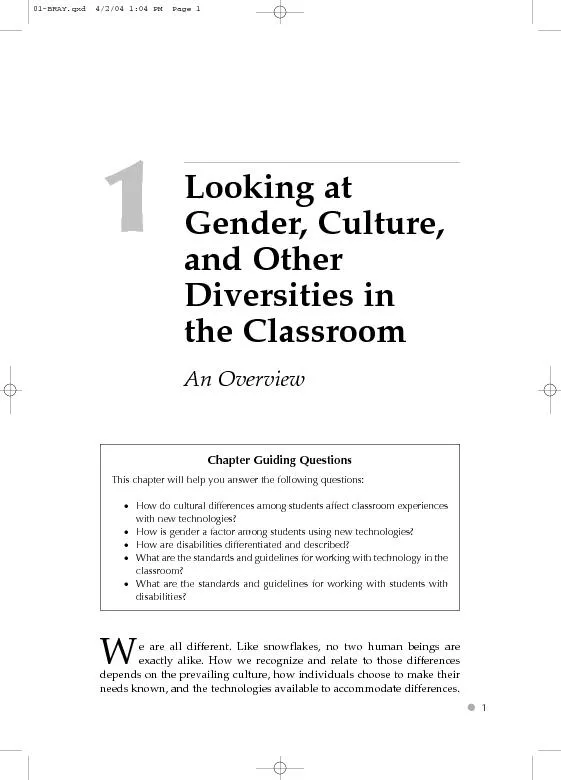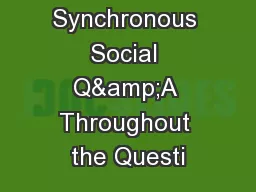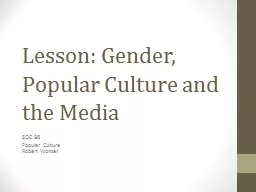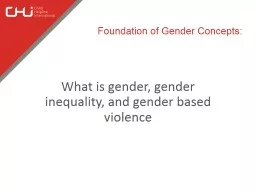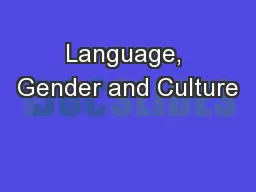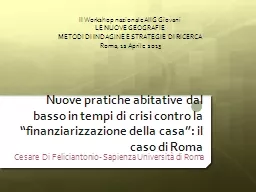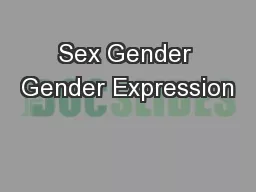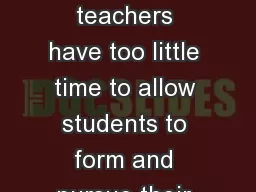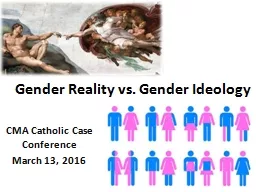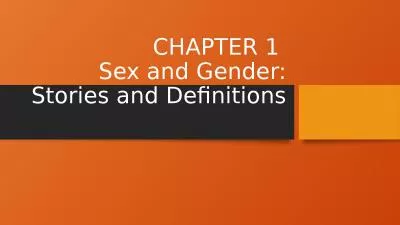PDF-Gender, Culture,This chapter will help you answer the following questi
Author : jane-oiler | Published Date : 2016-03-16
1 We educators must recognize that every student is unique Differencesamong our students may be small or large Some differences areconsidered advantageous the
Presentation Embed Code
Download Presentation
Download Presentation The PPT/PDF document "Gender, Culture,This chapter will help y..." is the property of its rightful owner. Permission is granted to download and print the materials on this website for personal, non-commercial use only, and to display it on your personal computer provided you do not modify the materials and that you retain all copyright notices contained in the materials. By downloading content from our website, you accept the terms of this agreement.
Gender, Culture,This chapter will help you answer the following questi: Transcript
Download Rules Of Document
"Gender, Culture,This chapter will help you answer the following questi"The content belongs to its owner. You may download and print it for personal use, without modification, and keep all copyright notices. By downloading, you agree to these terms.
Related Documents

